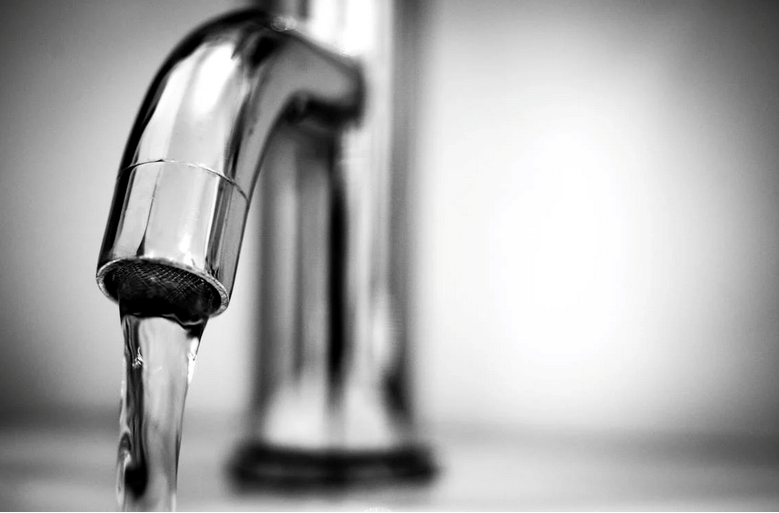Rising salinity levels in New York City’s Croton System reservoirs, a crucial source of the city’s drinking water, could exceed the state’s allowable chloride levels by the end of the century, according to a new study by the city's Department of Environmental Protection (DEP).
The "Salinity Management Assessment" study, which analyzed 33 years of data from 1987 to 2019, found that salinity levels in the Croton System's New Croton Reservoir have tripled in the past 30 years due to road salt runoff, wastewater discharges, and private water softening systems. If current trends continue, the reservoir could surpass the state’s maximum contaminant level for chloride, a primary component of salt by the year 2108.
The agency warned that the increasing salinity also poses a threat to water quality and can cause high blood pressure and hypertension.
“Our study found a clear and troubling trend of increasing salinity in and around the Croton water supply region,” said DEP Commissioner Rohit T. Aggarwala. “As the nation’s largest municipal water supply system serving half of the state’s population with the gold standard in water quality, we must do everything possible to protect this most precious resource. It is imperative that we work closely with state and local governments, and our environmental partners, to develop and implement policies to slow and hopefully stop this trend.”
The study also examined the city's larger Catskill reservoirs, which serve as a primary source of drinking water. While these reservoirs showed negligible increases in salinity, the DEP recommended proactive measures to protect them.
The Croton System, located in Westchester and Putnam counties, typically provides about 10% of the city’s water supply. All 12 of its reservoirs and three controlled lakes feed into the New Croton Reservoir, roughly 22 miles north of New York City.
The DEP’s recommendations to curb rising salinity include collaborating with stakeholders to develop best practices for reducing human-caused salinity, expanding research on specific contamination sources, and increasing public awareness of salinity’s effects on fresh water supplies.
New York City’s water supply is one of the largest in the world, delivering more than 1 billion gallons of drinking water daily to nearly 10 million residents through a vast network of reservoirs, lakes, tunnels and aqueducts.
As part of its mission to safeguard public health and protect the environment, the DEP plans to invest $37 billion in capital improvements over the next decade. The agency oversees water quality, enforces air and noise codes, and manages 7,000 miles of water mains and 7,500 miles of sewer lines across the five boroughs.




